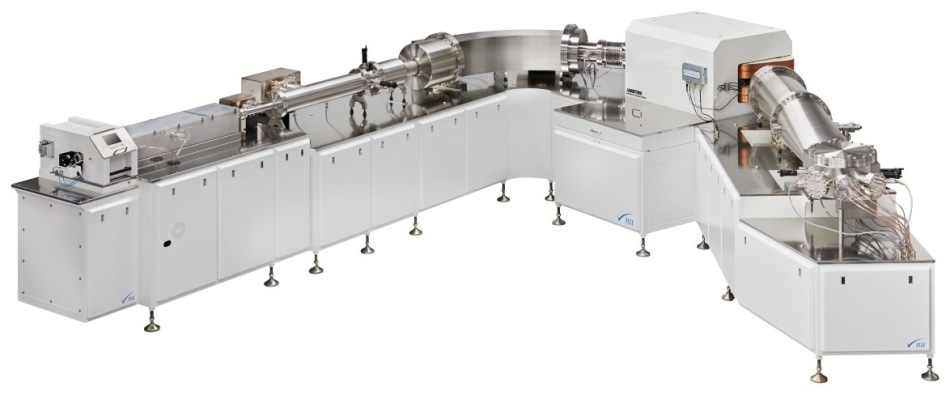This summer, planetary scientists at NASA will achieve new levels of precision in their investigations into the origin of the Solar System with the delivery of Nu Instruments’ Sapphire 1700 Multi-Collector ICP-MS— the world's largest commercially-built multi-collector inductively coupled plasma mass spectrometer.

Designed specifically for NASA, the Sapphire 1700 MS will provide agency scientists with unprecedented levels of precision and accuracy in their analysis of meteorites — remnants of meteors dating some 4.6 billion years ago and which are a critical element in the study of the formation of the solar system. Of particular interest to scientists: analysis of three isotope systems — calcium, chromium, and magnesium — keys in determining the age, and origin of meteorites.
The Sapphire 1700 MS bound for NASA is based on the heralded Nu Instruments 1700 high-resolution plasma source mass spectrometers currently in use around the world by academic researchers in a wide range of applications. The new collision cell enhances the 1700’s ability to measure difficult isotope systems where isobaric interferences limit precision and accuracy.
Nu Instruments will install the Sapphire 1700 MS later this summer in the Center for Isotope Cosmochemistry and Geochronology Laboratory at NASA’s Astromaterials Research and Exploration Science (ARES) division at the Johnson Space Center (JSC) in Houston.
Founded in 1995, Nu Instruments is a market leader in Inductively Coupled Plasma Mass Spectrometry (ICP-MS), Glow Discharge Mass Spectrometry (GD-MS), Isotope Ratio Mass Spectrometry (IRMS), Noble Gas and Thermal Ionisation Mass Spectrometry (TIMS). Nu's innovating mass spectrometers are installed worldwide in academia, governmental and industrial research labs, and serve a wide range of applications. Nu joined the Materials Analysis Division of AMETEK in 2016. Nu’s head office, manufacturing facility, and labs are located in North Wales, UK.